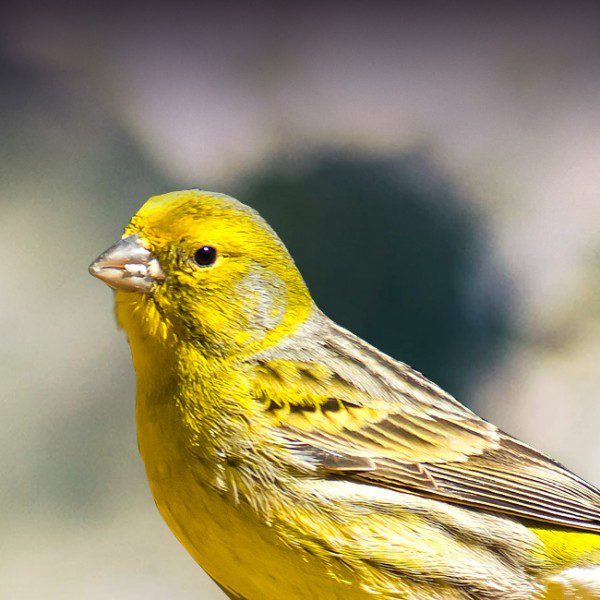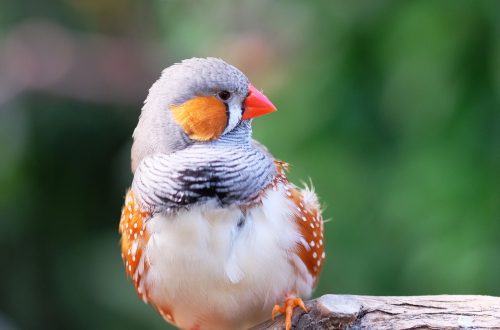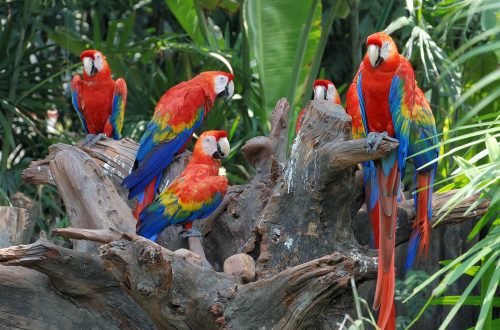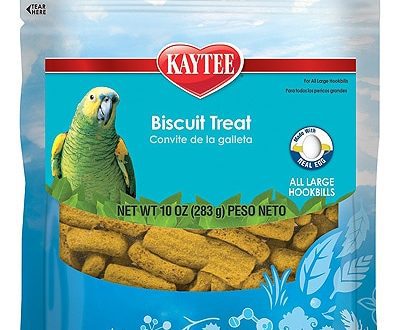
Features of keeping canaries
Canaries are one of the most beautiful pets. They are miniature, easily tamed and breed in captivity, completely trust a person and are famous for their unpretentiousness. The beautiful singing of canaries, to be sure, is one of the main features of these birds. But how often and how melodiously the canary will sing, as well as its longevity and ability to produce offspring, entirely depend on the proper feeding of the bird and proper care and maintenance.
As a rule, canaries are kept in cages or aviaries. Cages made of natural wood, metal or even plexiglass are suitable for these birds, by the way, the latest models are very popular these days, because the bird is very clearly visible in glass cages. It is better to purchase rectangular cells, because. when keeping several canaries in several cages, they can easily be placed one on top of the other.
The optimal cage size: 35 cm long, 22 cm wide and 29 cm high, the twigs should be no more than 1,4 cm apart from each other. Being in an aviary or cage, the canary should be able to move freely and fly.
The cage is necessarily supplied with perches, a perch, a feeder and a drinking bowl – it is better to install containers for food and drink at the bottom of the cage. The basis of the daily diet of canaries is a grain mixture, and the birds are also fed some vegetables and fruits. For drinking, the canary should be given only clean, filtered water, always at room temperature.
Canaries are very fond of bathing, bathing has a beneficial effect on the health of the bird, its immunity and appearance, so you will also need a bathing container. Bathing should be filled with clean water at room temperature. At the time of bathing, the swimsuit is installed in the cage or attached to the outside of the door to protect the cage from getting wet. Immediately after bathing, the container is removed.
Bathing should also be kept clean and washed daily, change the water in it. It is recommended to accustom canaries to water procedures already at the age of 35 days from the moment of jigging from the mother.
Young animals, as well as when keeping several birds, will need passage cages or cage cages.
Great care must be taken to keep the cage clean. Canaries are very clean, and they will be extremely uncomfortable in a cage that is rarely cleaned. For hygienic reasons, it is better to choose a cage with a retractable bottom, this greatly facilitates cleaning. Special sand for birds is placed at the bottom of the cage, which not only allows you to maintain cleanliness, but also serves as a source of minerals.
You need to clean the cage at least 2 times a week, and it’s not enough just to change the sand at the bottom of the cage, you also need to thoroughly rinse, scald and disinfect (chamomile infusion or chlorophos solution) the entire cage and its attributes, after which the cage is dried, and on the pallet again clean sand is poured. At the time of cleaning, the canary is transplanted into another cage or released to fly around the room.
You need to install the cage in the bright part of the room, but not under the direct rays of the sun, not on the window, and only where there are no drafts and temperature changes. The canary must always see the people around her and be able to communicate with them. If possible, it is recommended to let the bird out of the cage so that it flies around the room (up to 45 minutes). Before opening the cage, it is necessary to close and curtain the windows in the room so that the bird does not accidentally fly out and hurt itself without noticing the glass.
Canaries are very contact and smart, having won the trust of a pet, you can easily teach him to sit on your arm or shoulder, but for such results you need to be patient.
Do not forget that proper care is a guarantee of health, beauty, longevity, as well as the singing talents of a bird. Take care of your pets!





